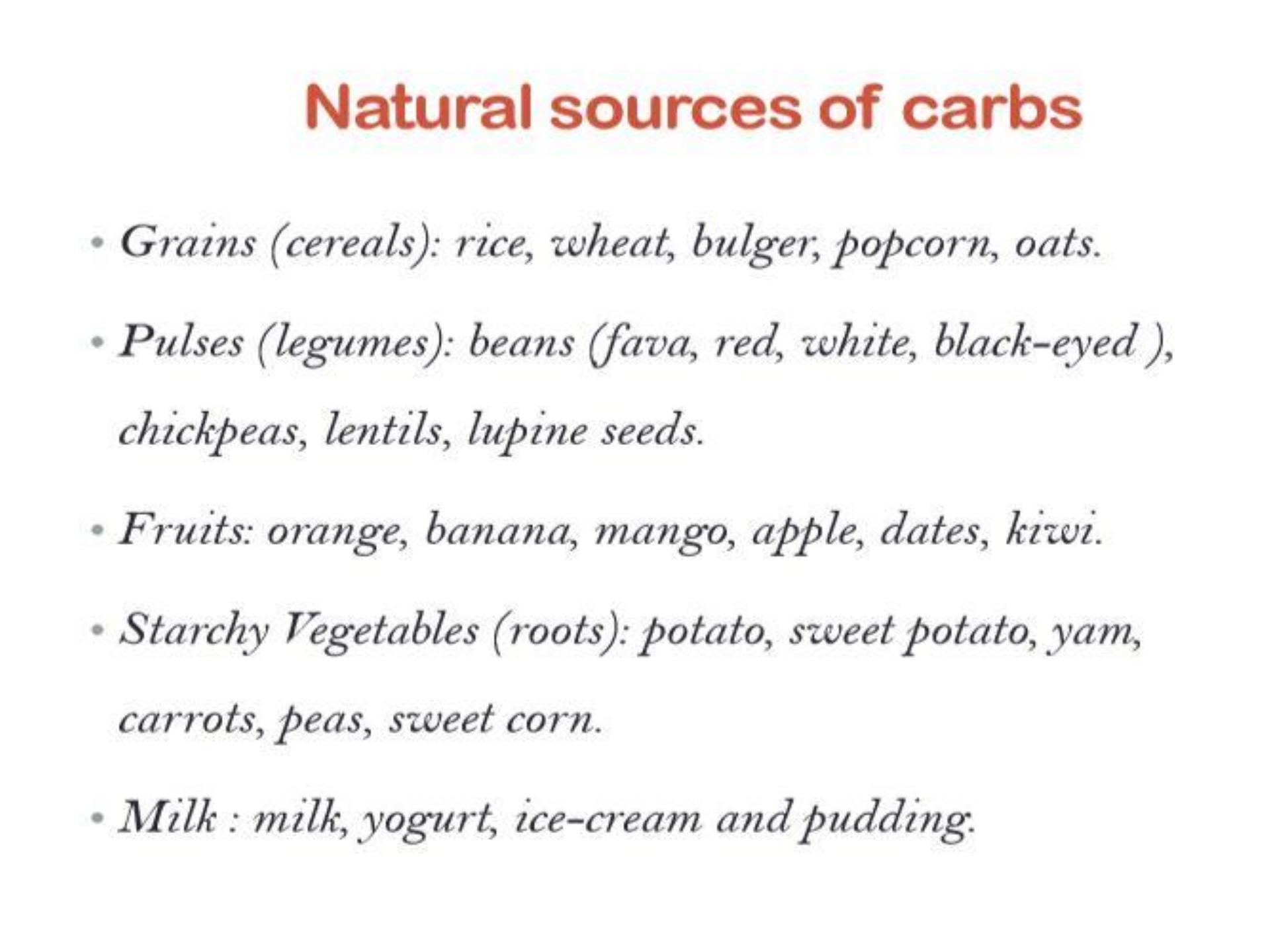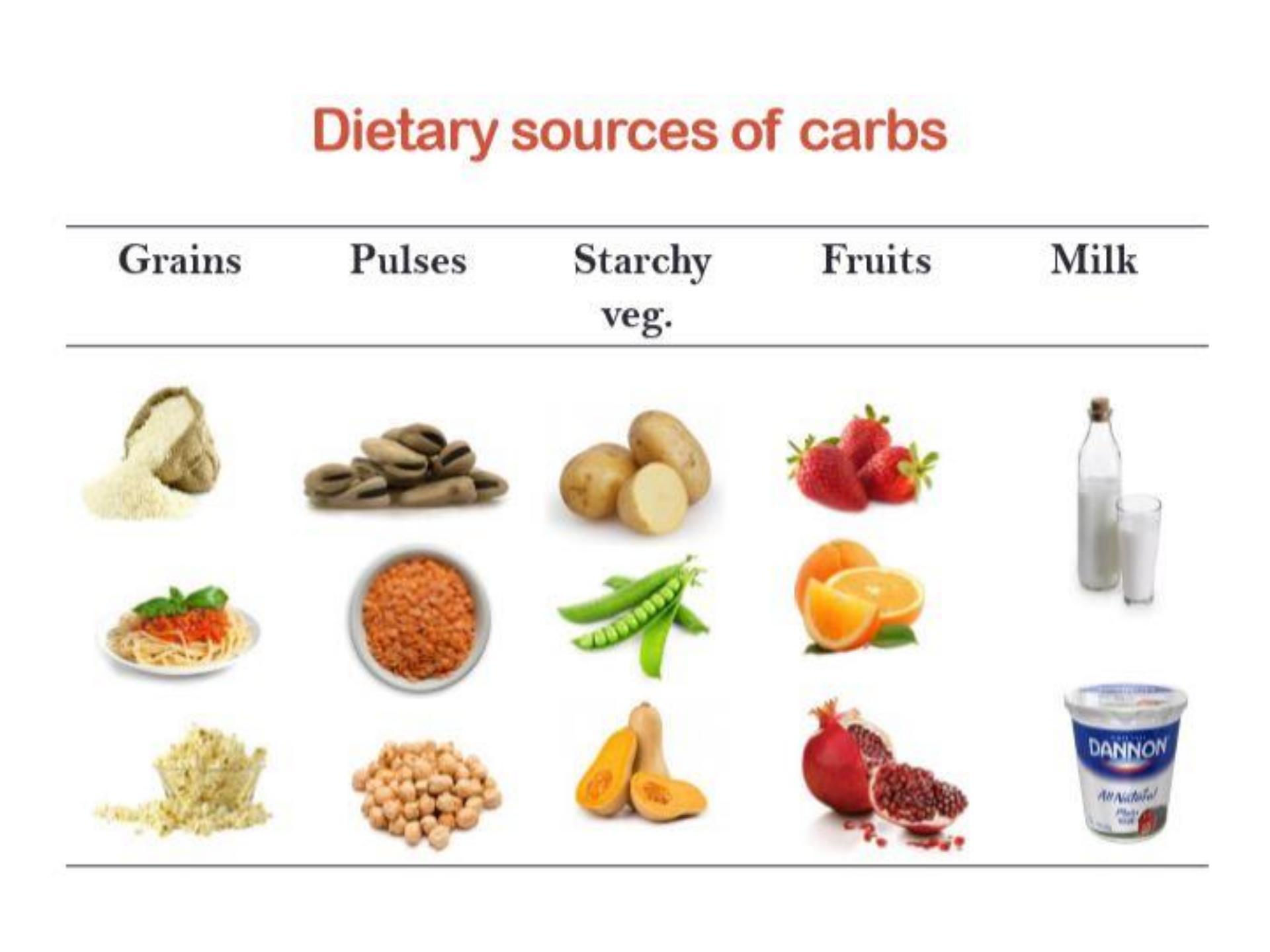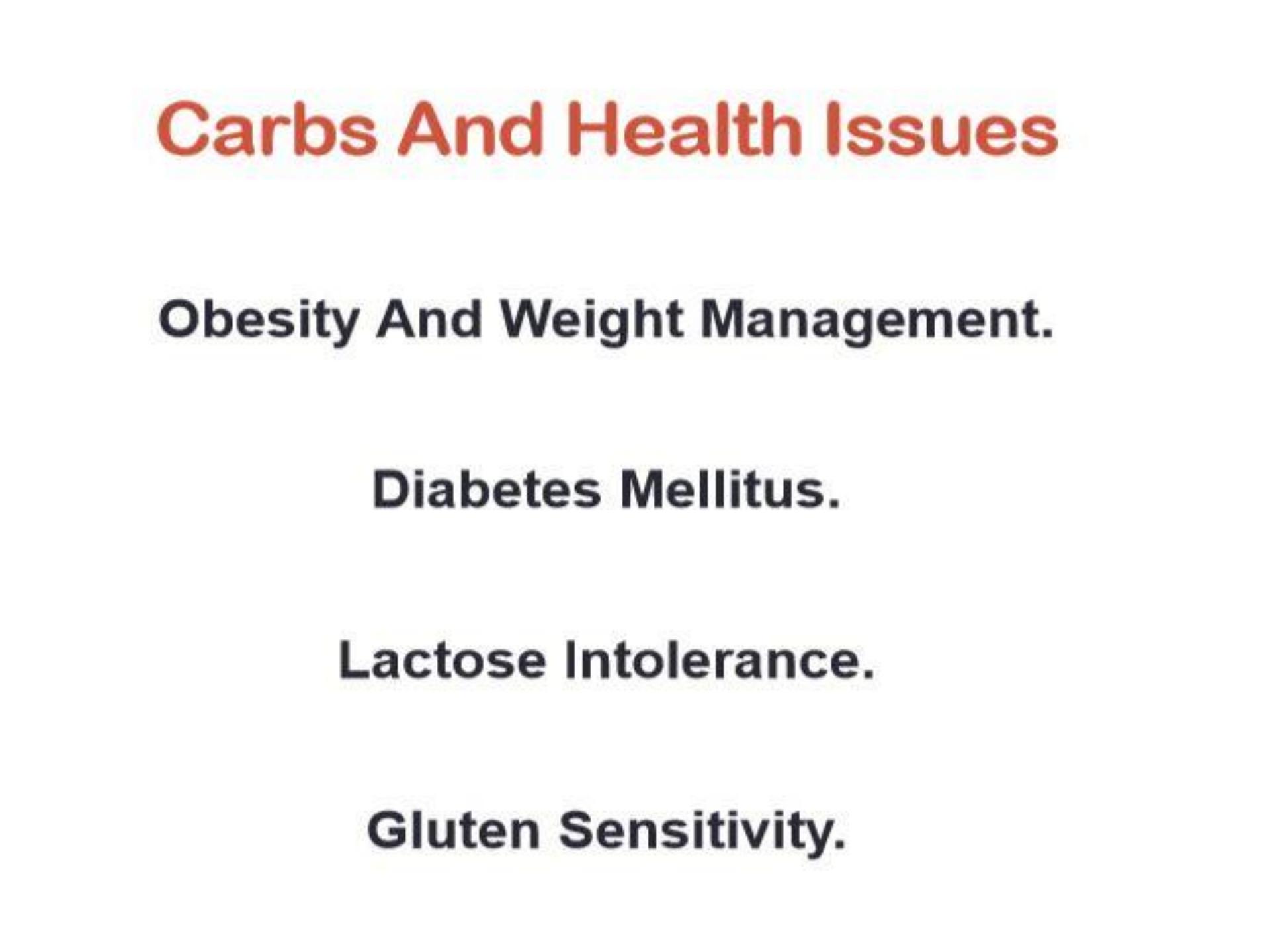
ThiQar college of Medicine
Family & Community medicine dept.
Nutrition Lecture 1
Third stage
by: Dr. Muslim N. Saeed
December 5
th
,2021

NUTRITION AND HEALTH
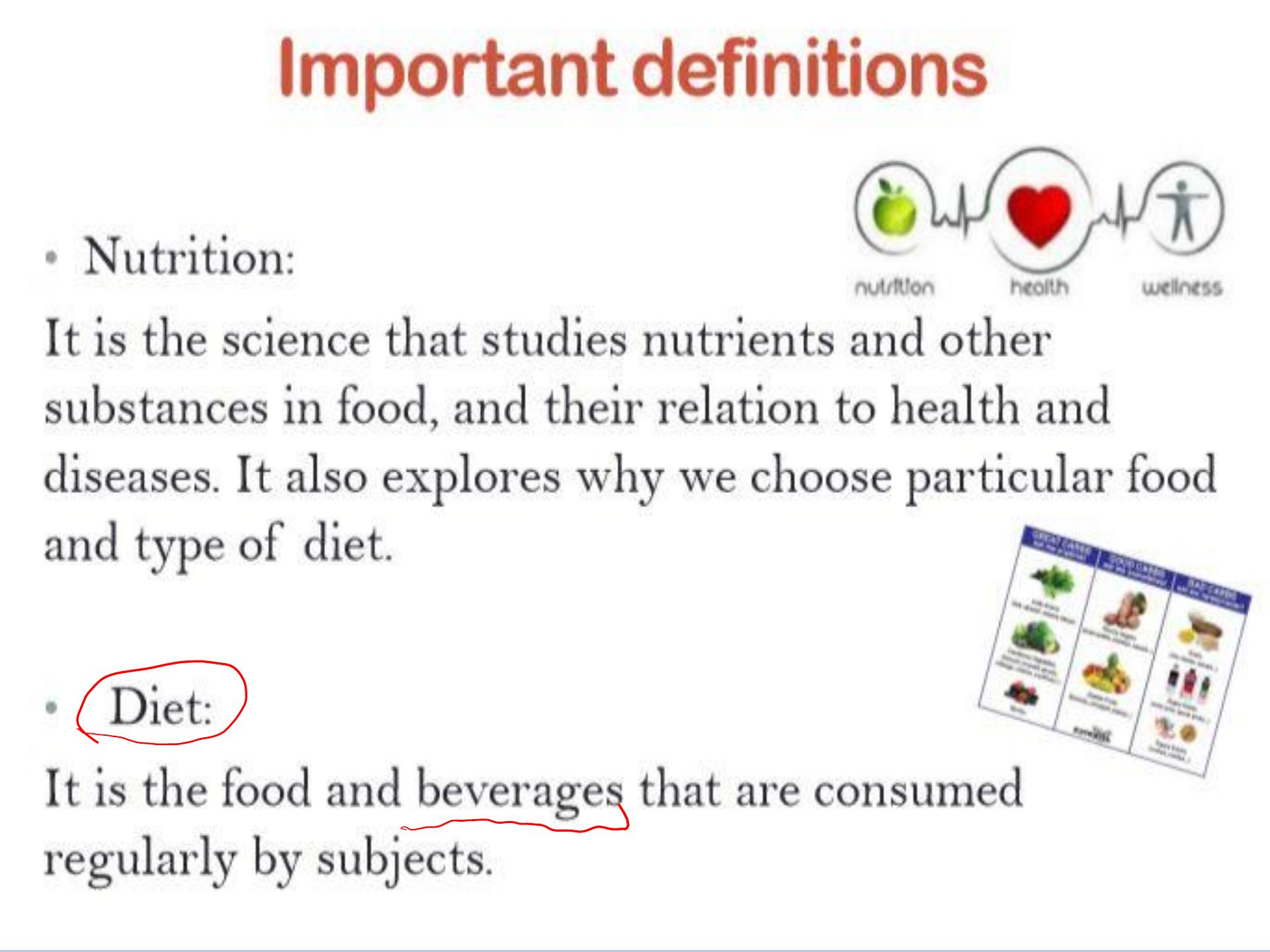

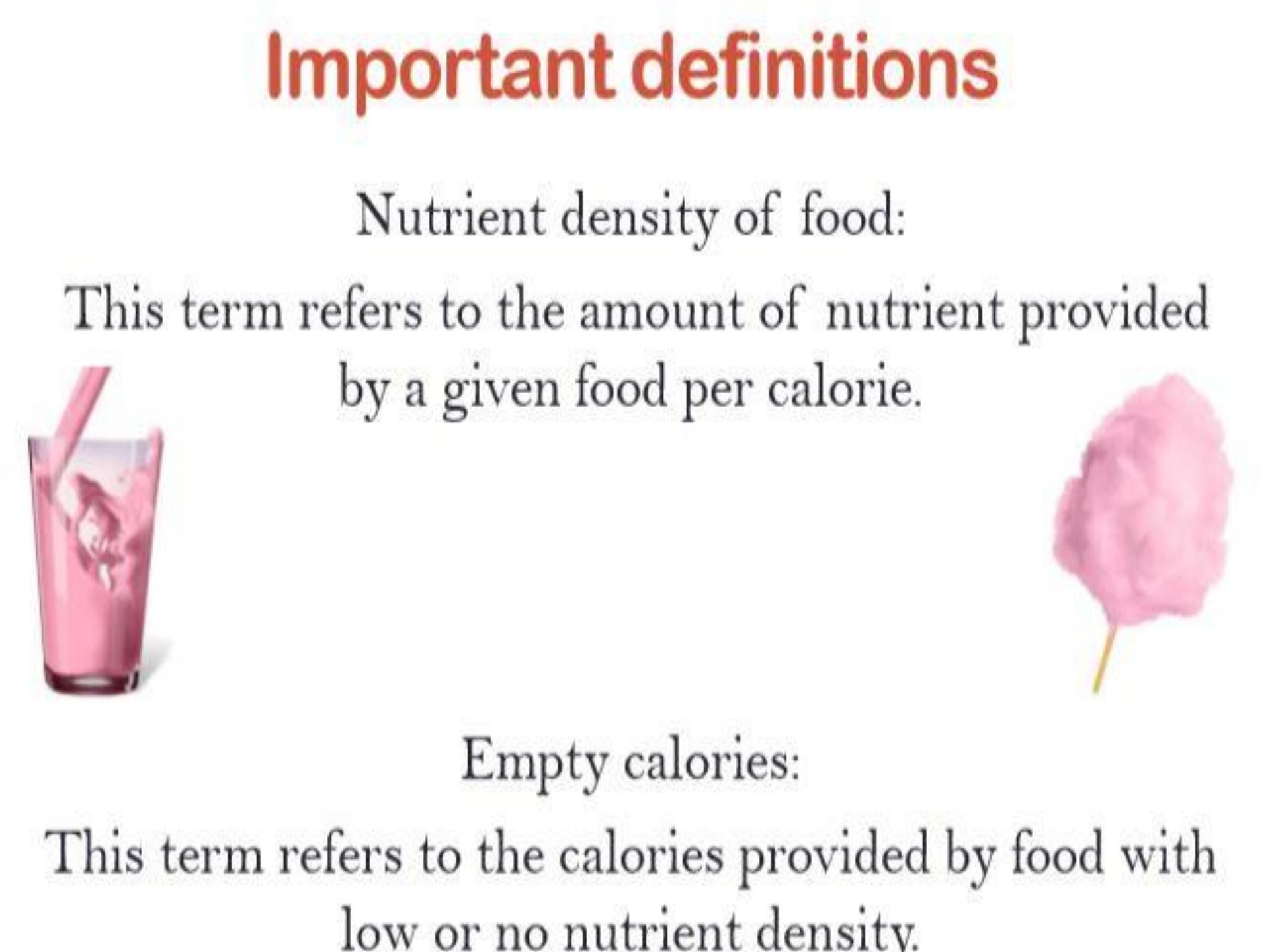

Dietetics
The practical applications of the principles of
nutrition.
It includes
“
the planning of meals for the
well and the sick people
”

Classification of food:
-Classification by origin
-Classification by chemical composition
-Classification by predominant function

Classification by origin:
-Foods of animal origin
-Foods of vegetable origin

Classification by predominant function:
1. Body-building foods: e.g. milk, meat, poultry,
fish, egg, pulses ...etc.
2. Energy giving foods: e.g. cereals, sugars, fats
and oils.
3. Protective foods: e.g. vegetables, fruits ... etc.

Elements in the Six Classes of Nutrients

Essential nutrients: nutrients a person
must obtain from food because the body
cannot make them for itself in sufficient
quantity to meet physiological needs; also
called indispensable nutrients. About 40
nutrients are currently known to be
essential for human beings.

Dietary Reference Intakes (DRIs)
Dietary Reference Intakes (DRIs)
A set of nutritional reference values that applies
to healthy people.
The DRIs for most nutrients consist of four
values:
• Estimated Average Requirement (EAR)
• Recommended Dietary Allowance (RDA)
• Adequate Intake (AI)
• Tolerable Upper Intake Level (UL)

Recommended Dietary Allowance (RDA) The
average daily amount of a nutrient considered
adequate to meet nutrient needs of healthy
individuals in a particular life stage and gender
group.
Adequate Intake (AI)
the average daily amount of a nutrient that
appears sufficient to maintain nutrient needs
of healthy individuals.
Its used as a guide for nutrient intake when an
RDA cannot be determined.

The Estimated Energy Requirement (EER)
The Estimated Energy Requirement Is the Intake Predicted to
Maintain a Healthy Weight.
The Estimated Energy Requirement (EER)
is defined as the
average dietary energy intake that is predicted to maintain
energy balance in a healthy adult.
This dietary intake is defined by a person’s age, gender,
weight, height, and level of physical activity that is consistent
with good health. Thus, the EER for an active person is
higher than the EER for an inactive person even if all other
factors (age, gender, and so forth) are the same.
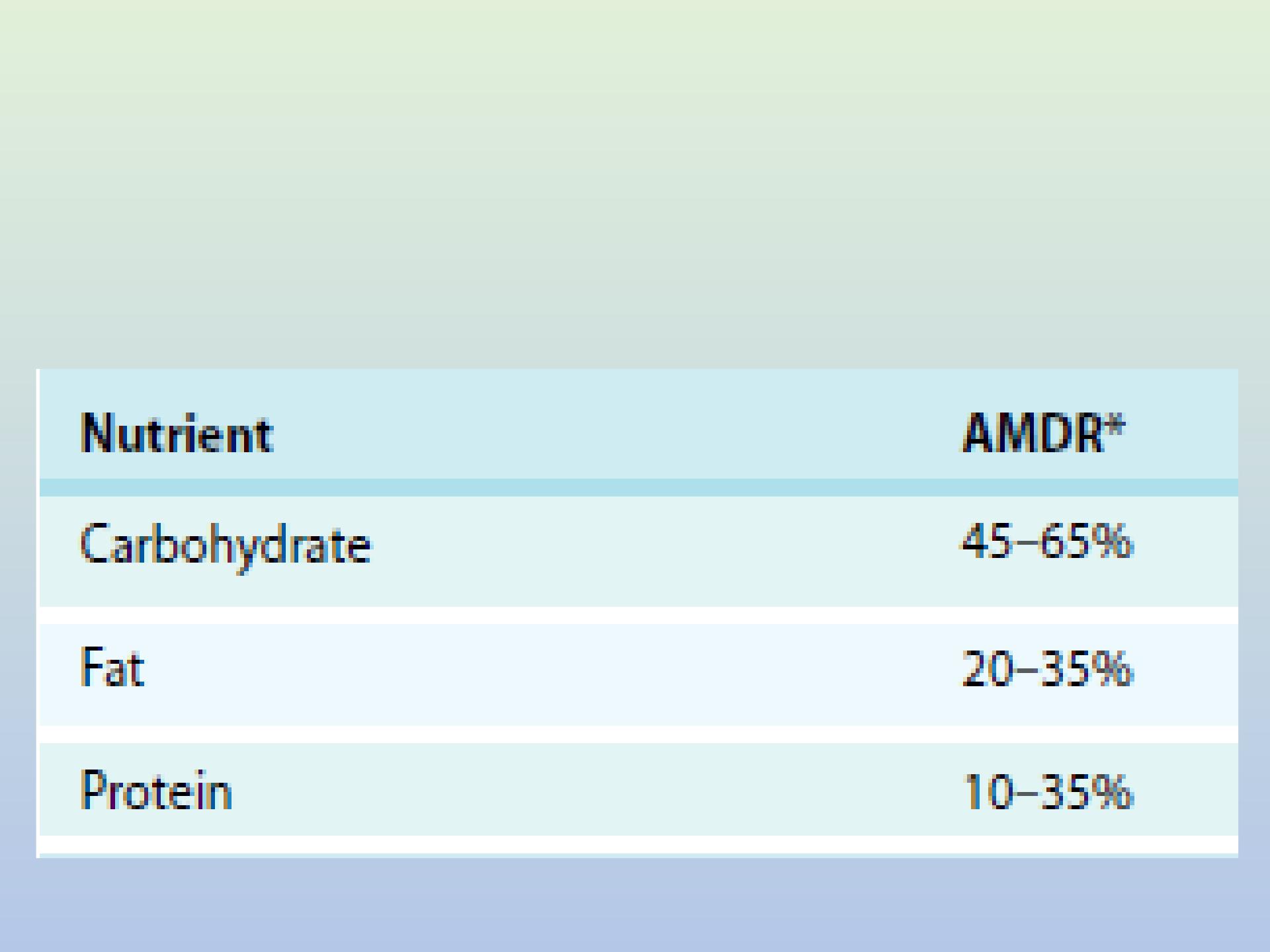
Acceptable Macronutrient Distribution Ranges
(AMDR)
A range of intakes for a particular energy source that is
associated with reduced risk of chronic disease while
providing adequate intakes of essential nutrients.

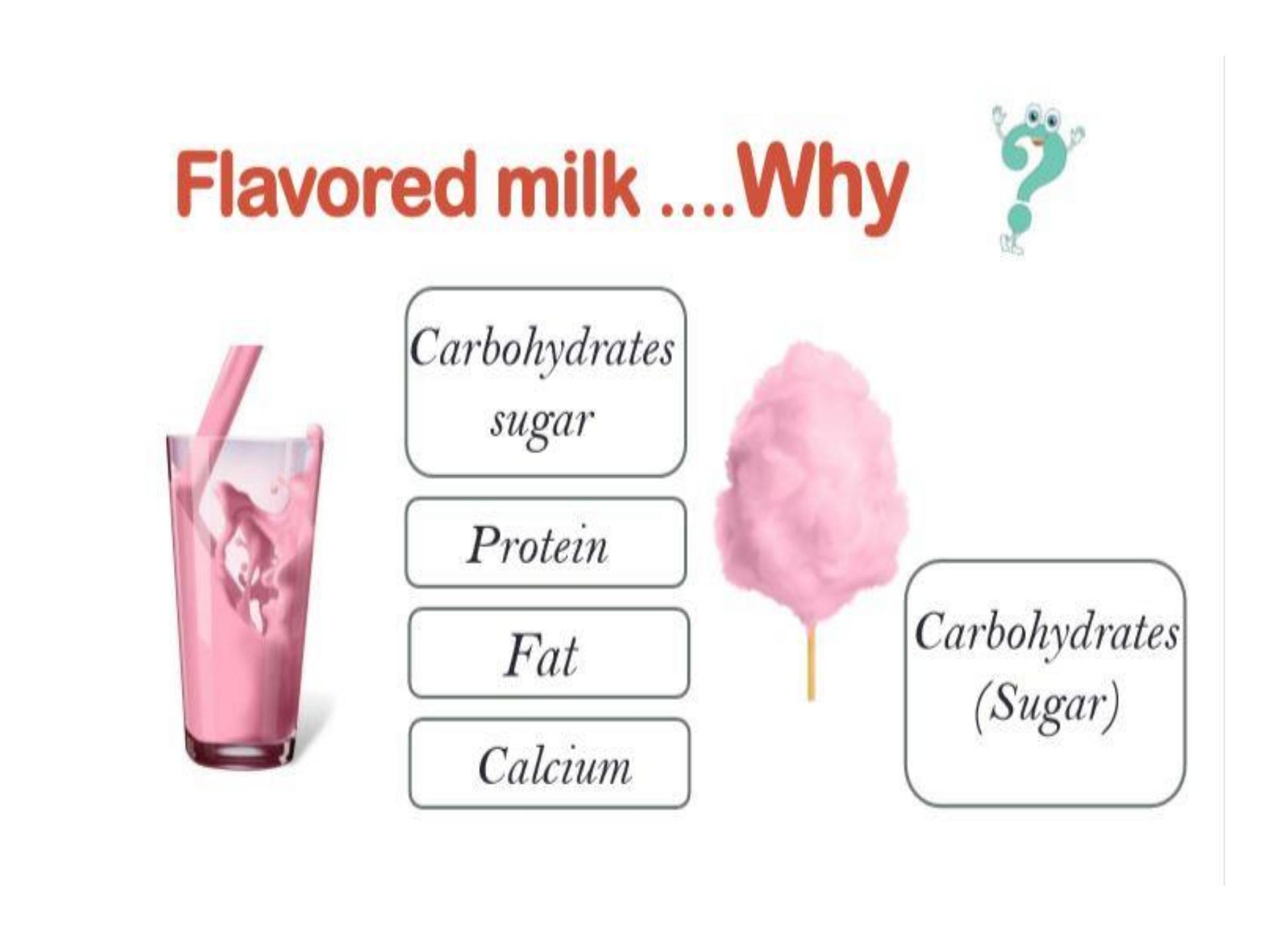
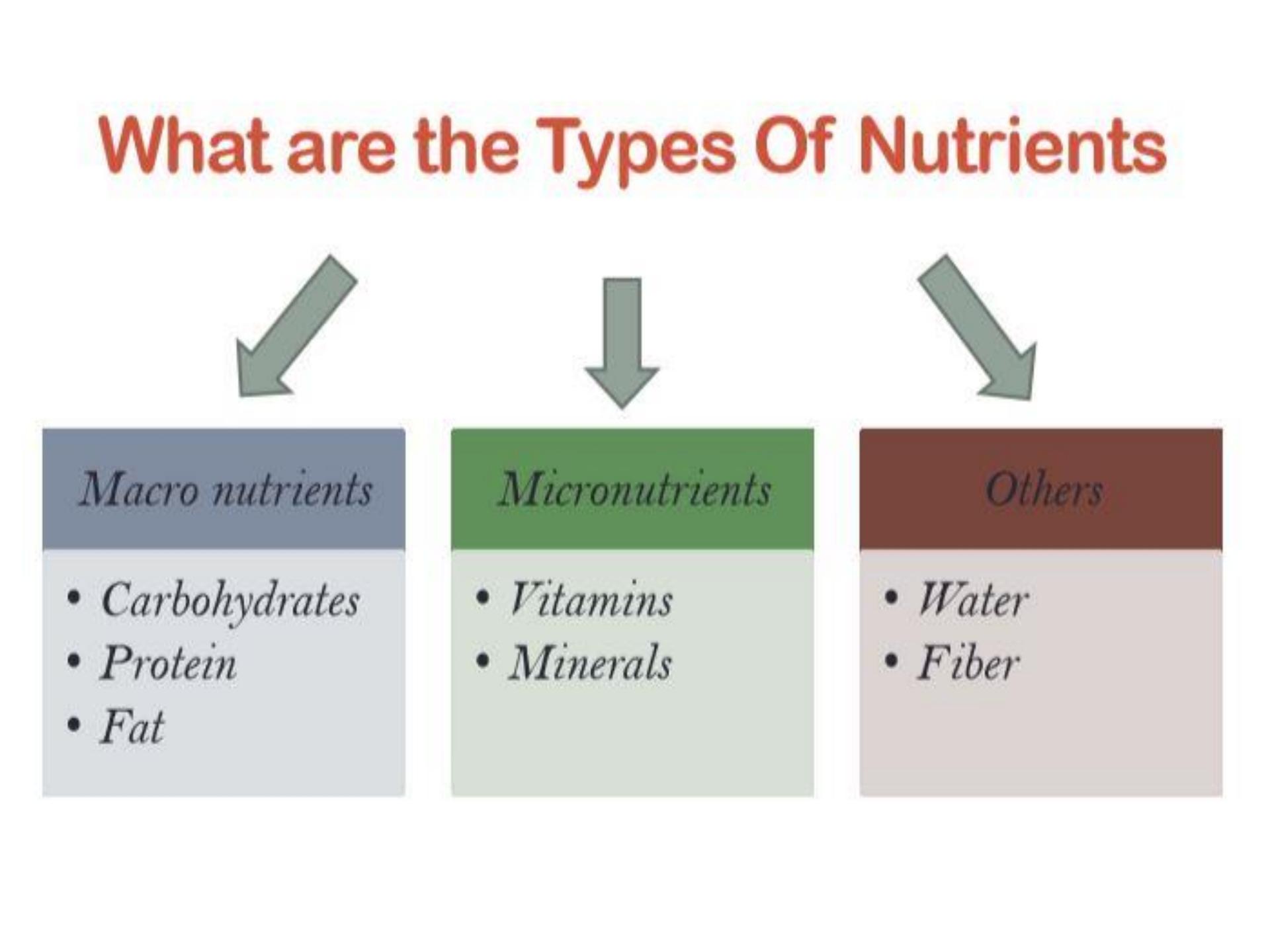
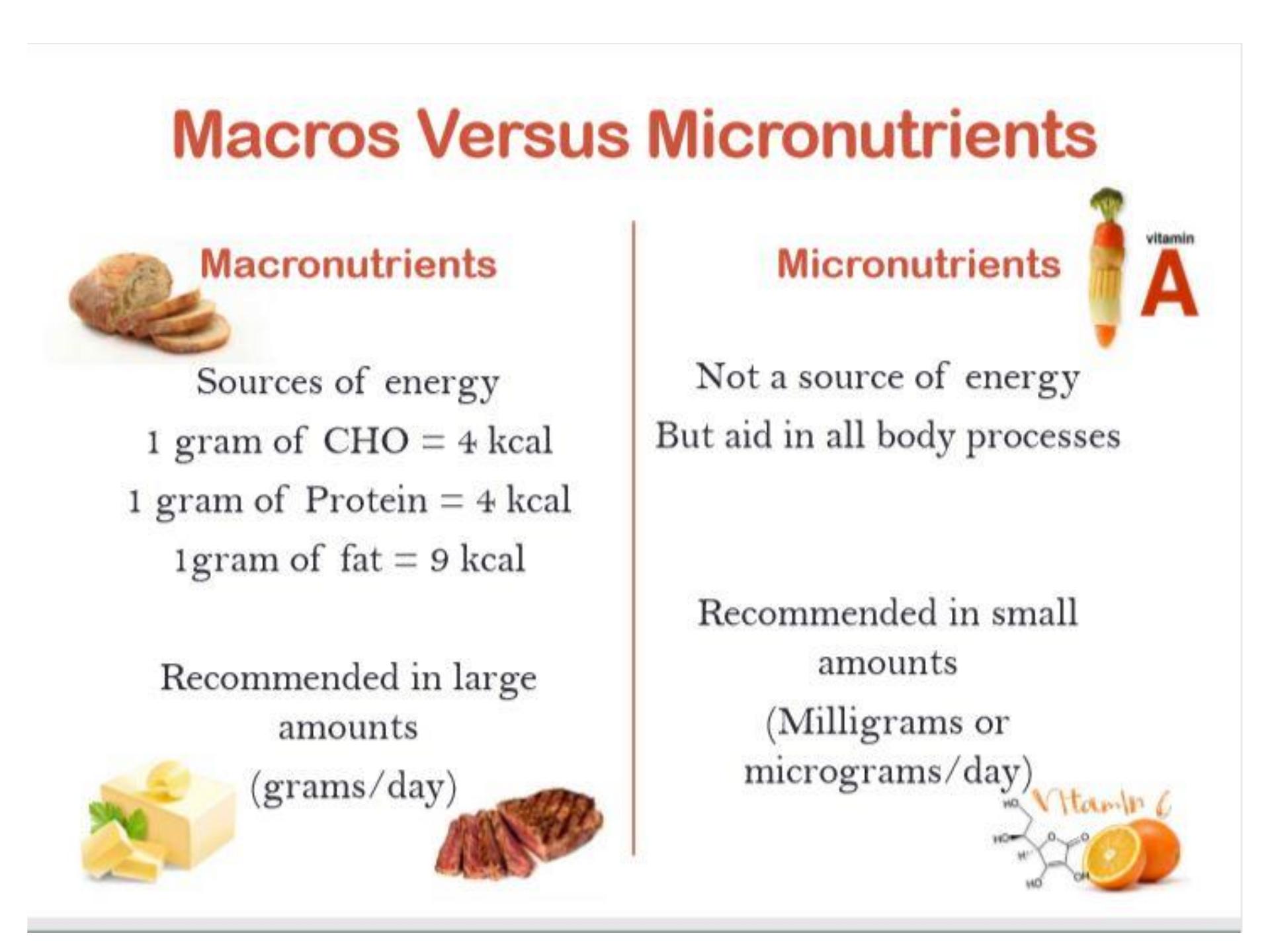
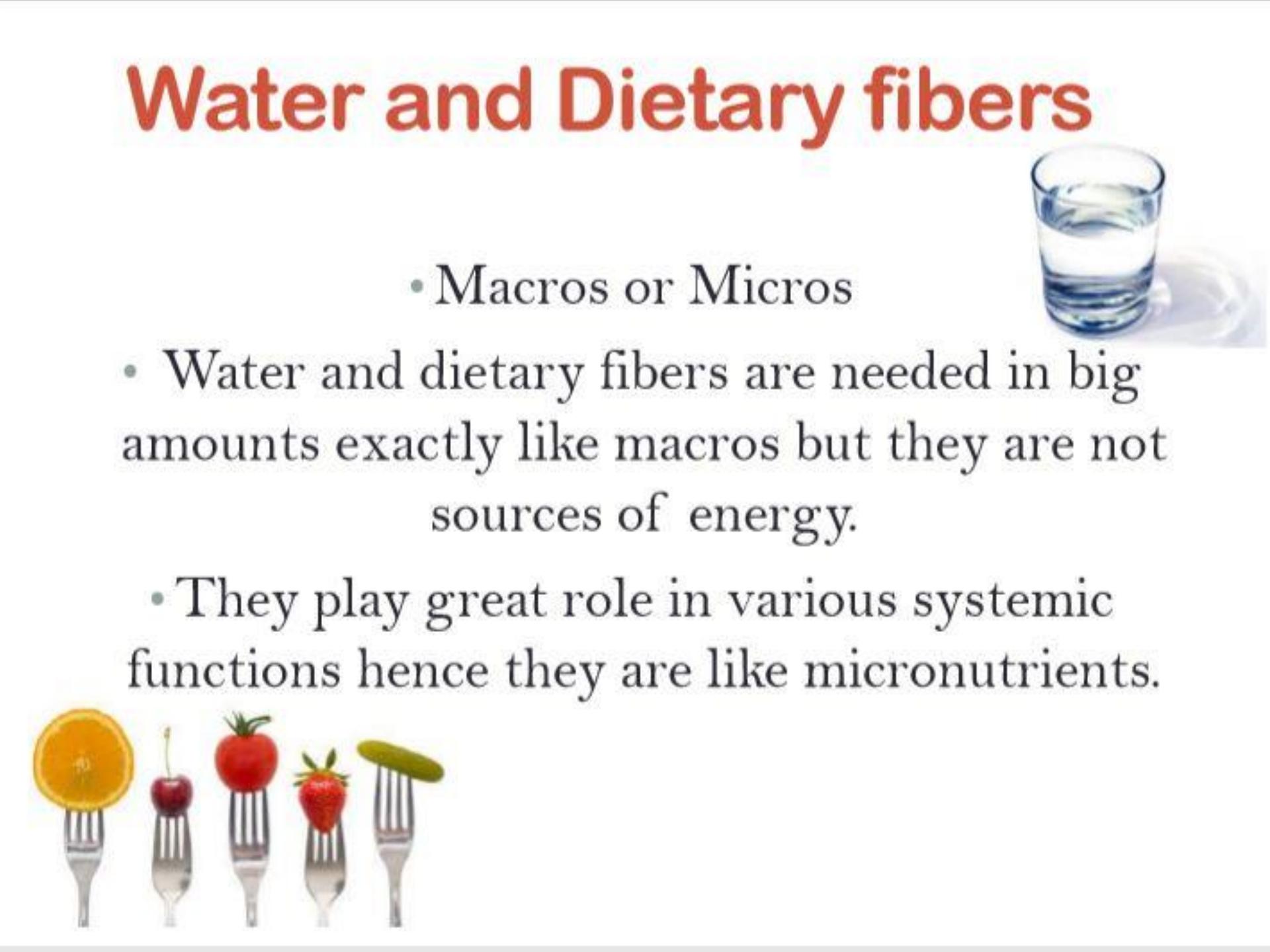
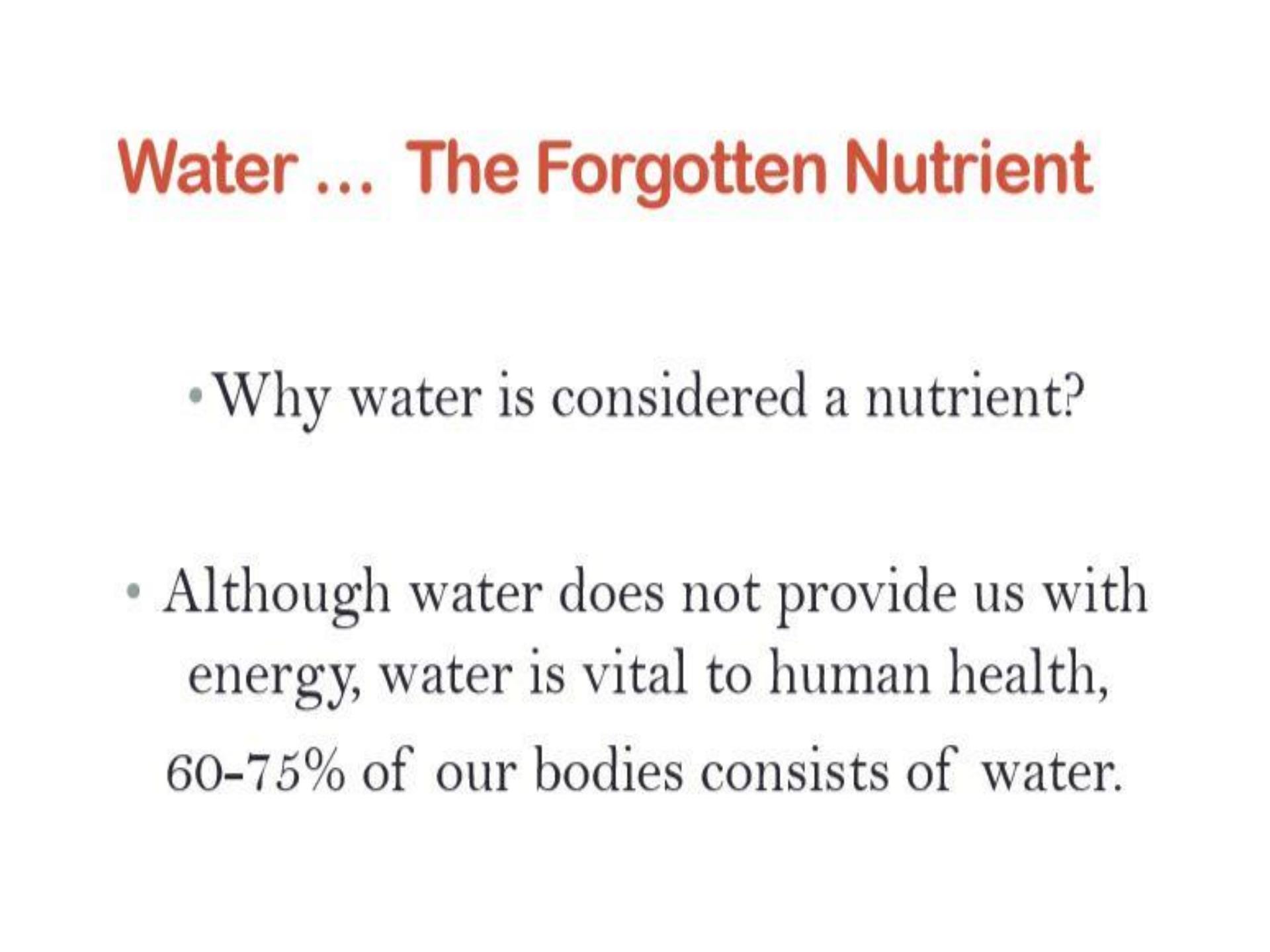
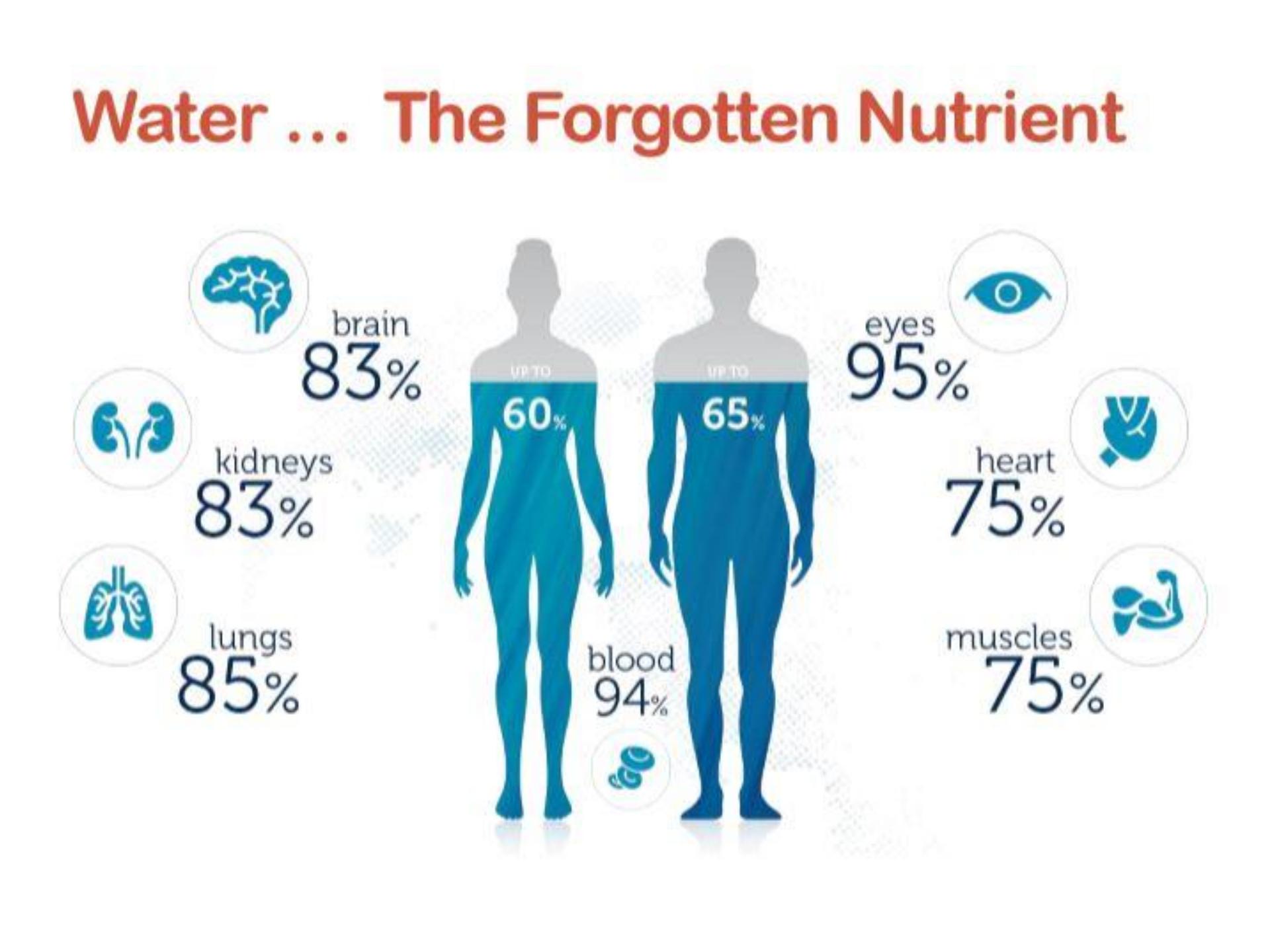
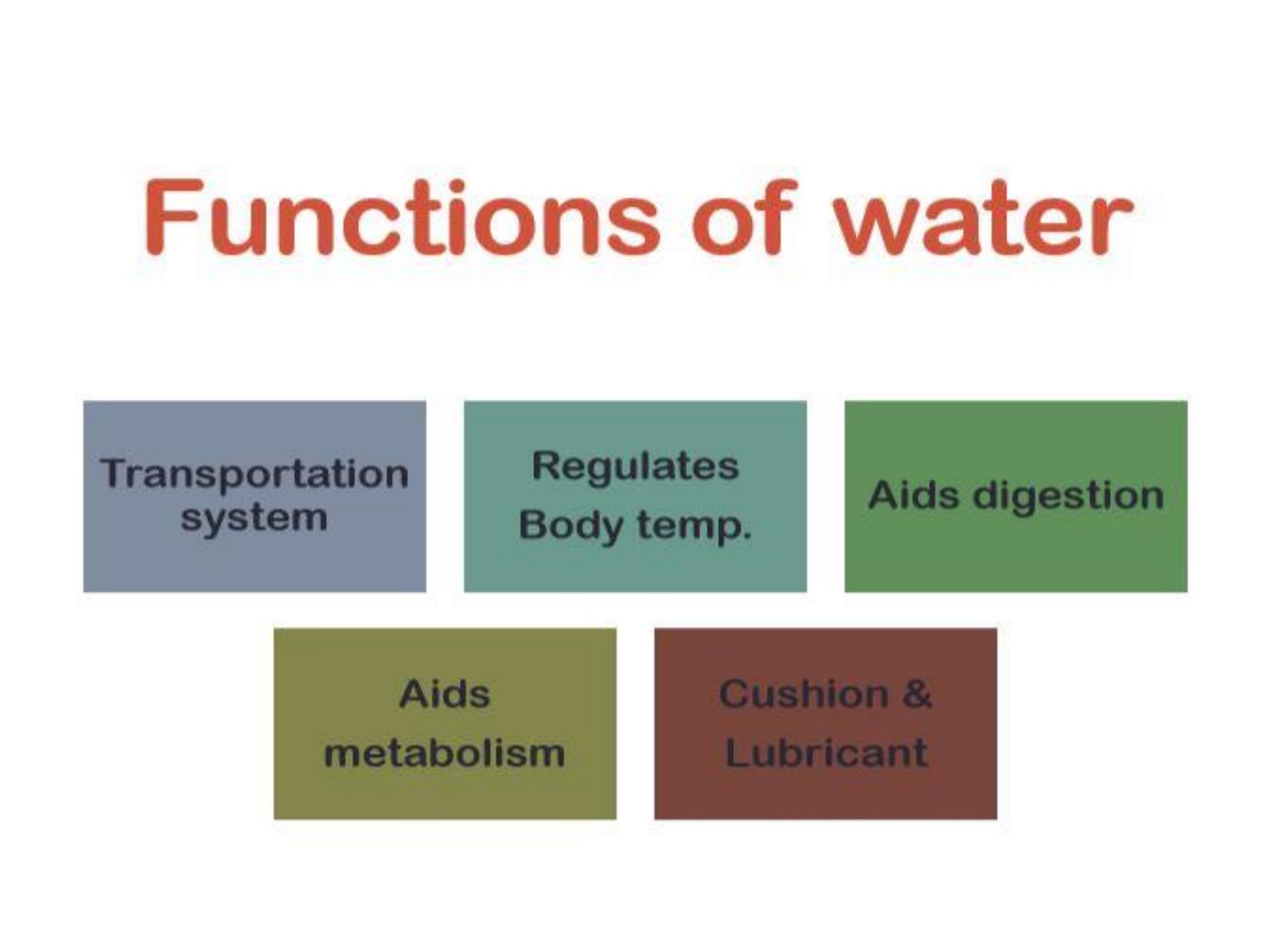

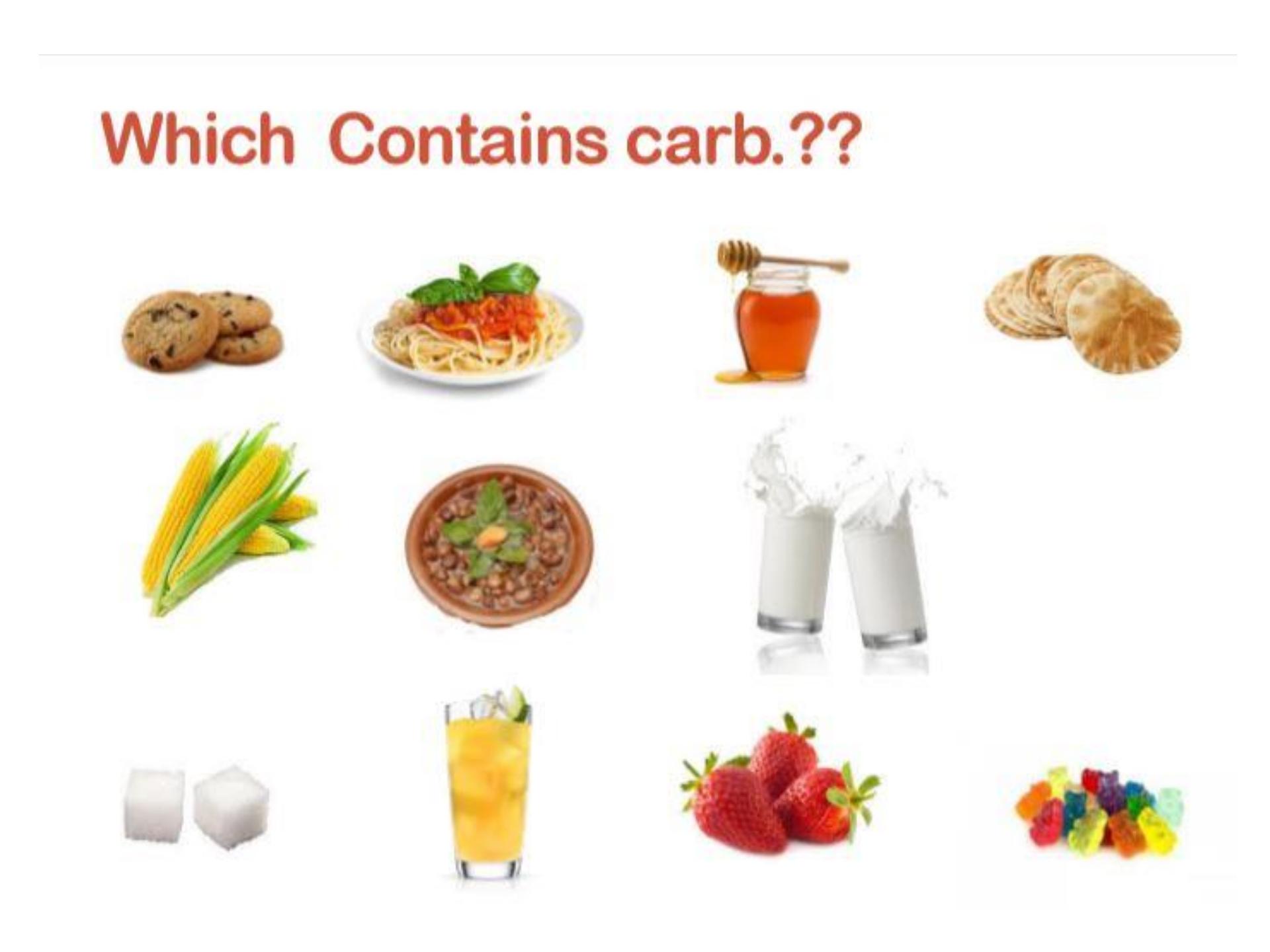
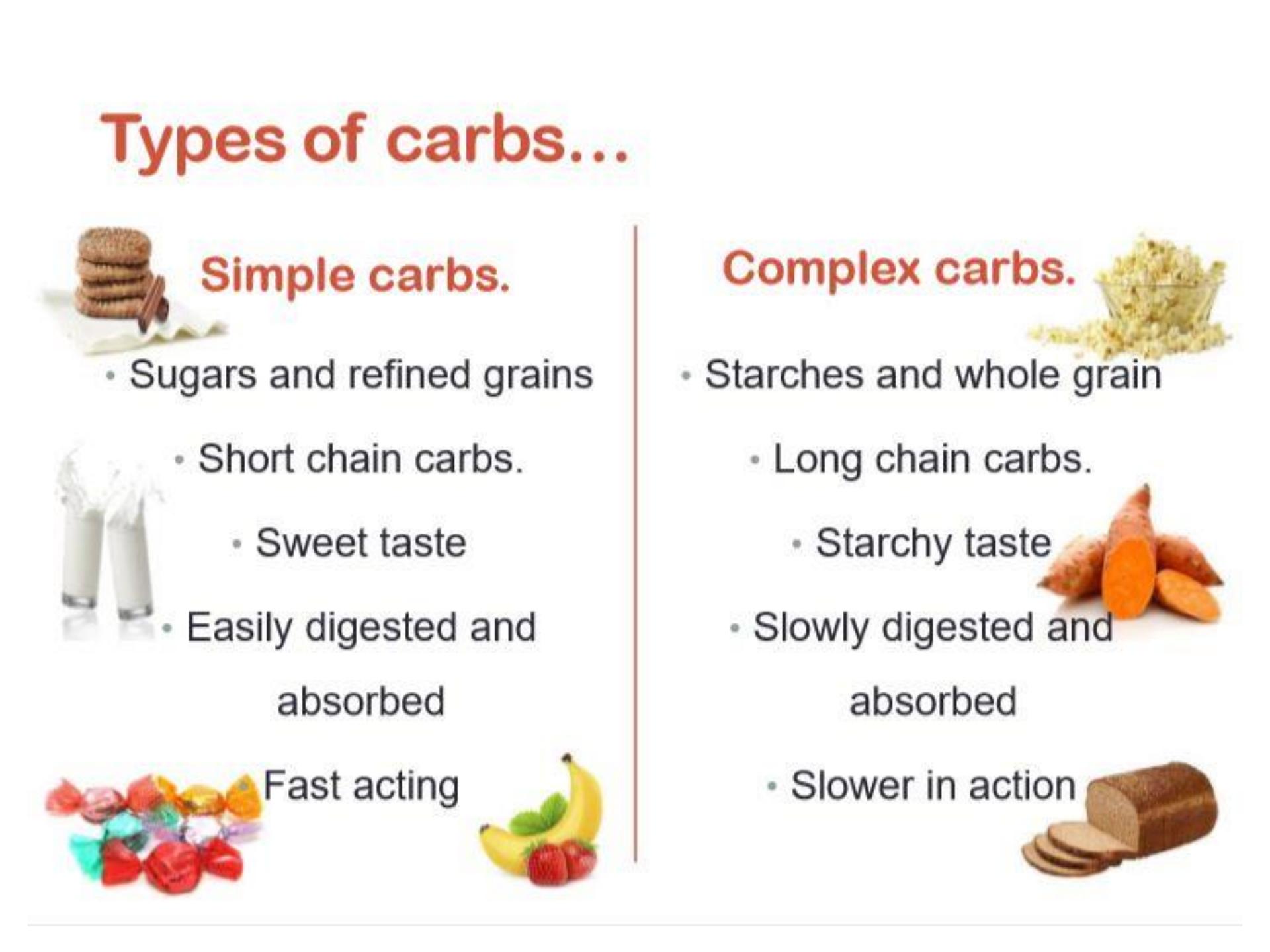
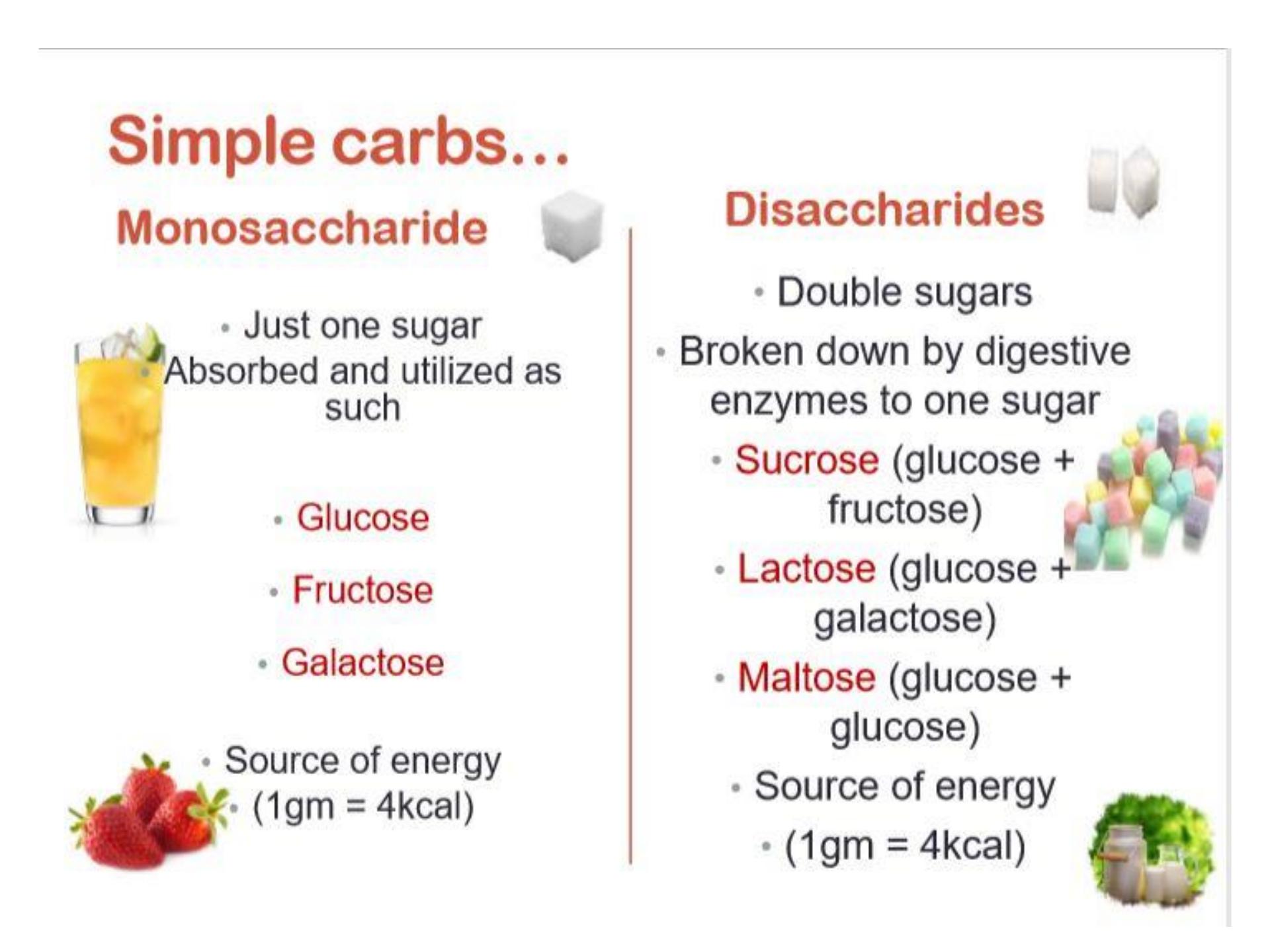
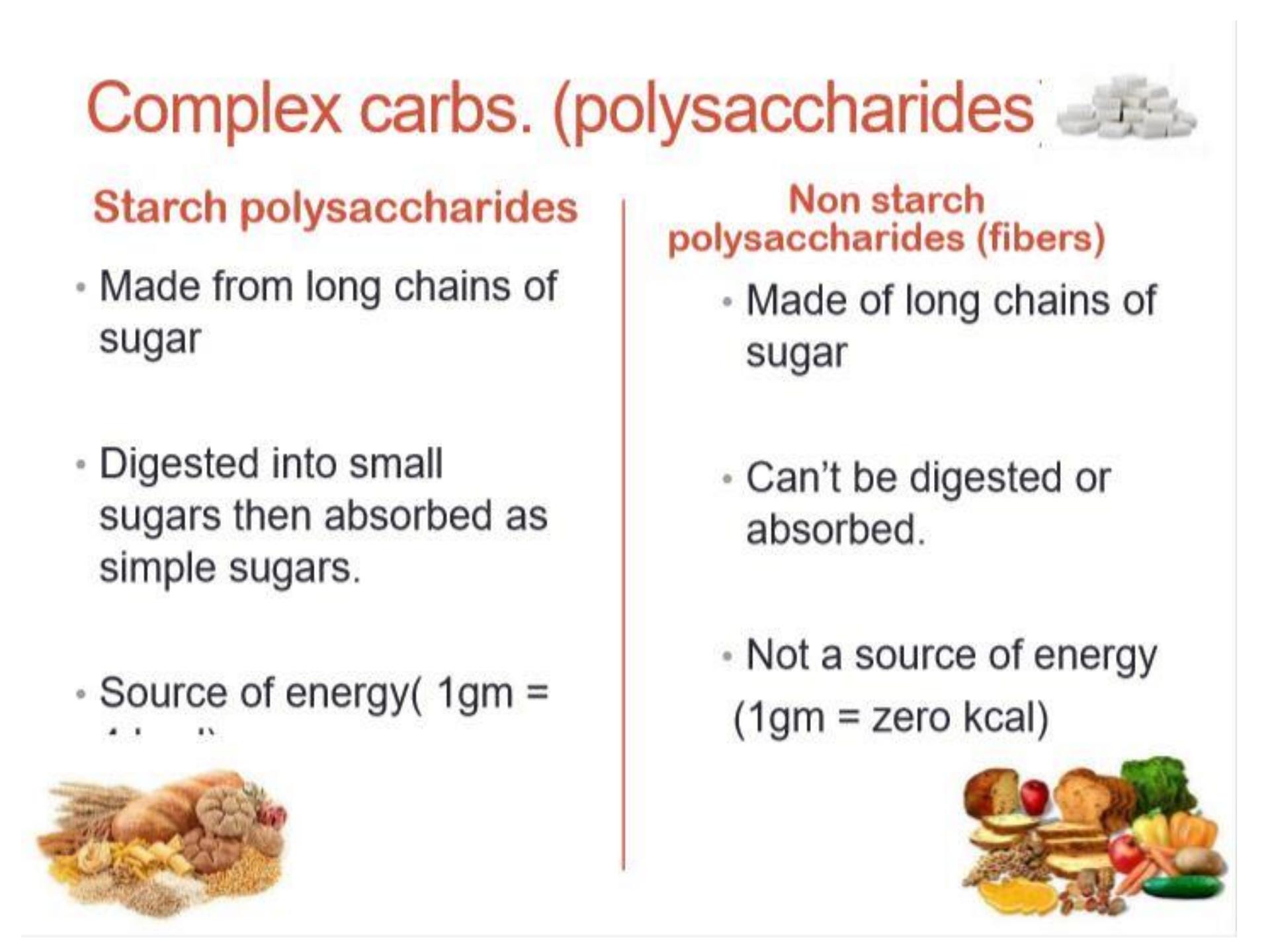
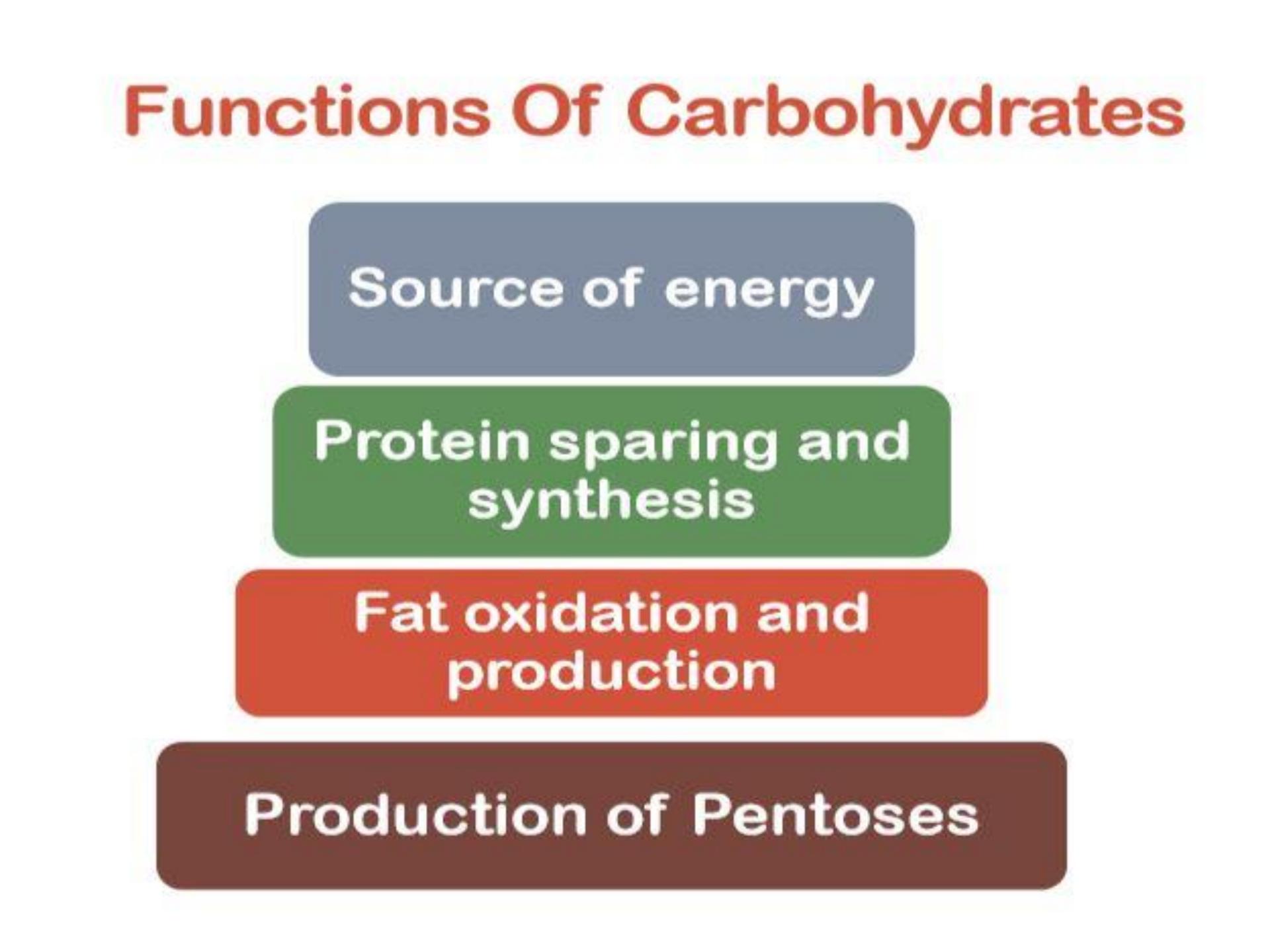
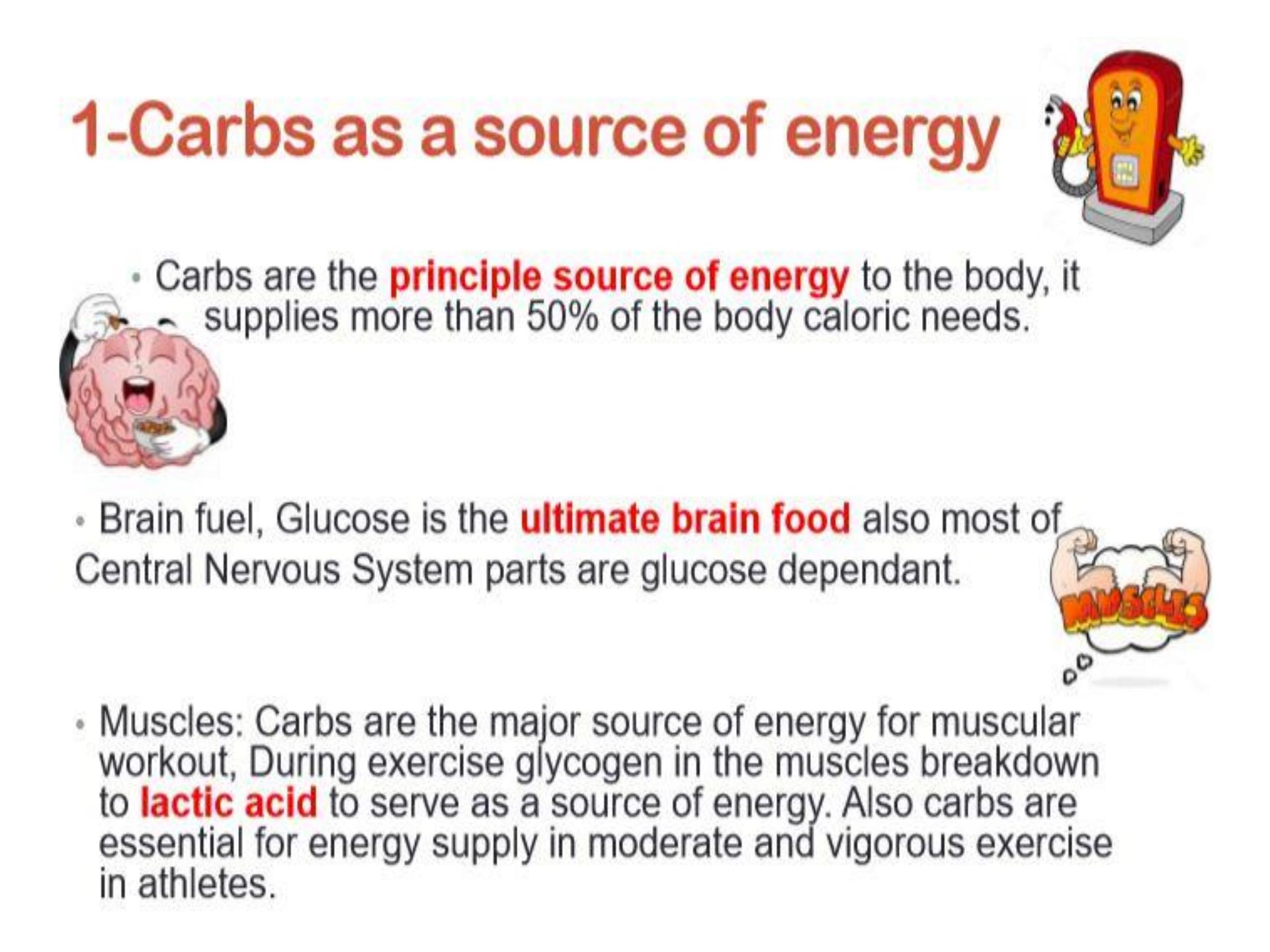
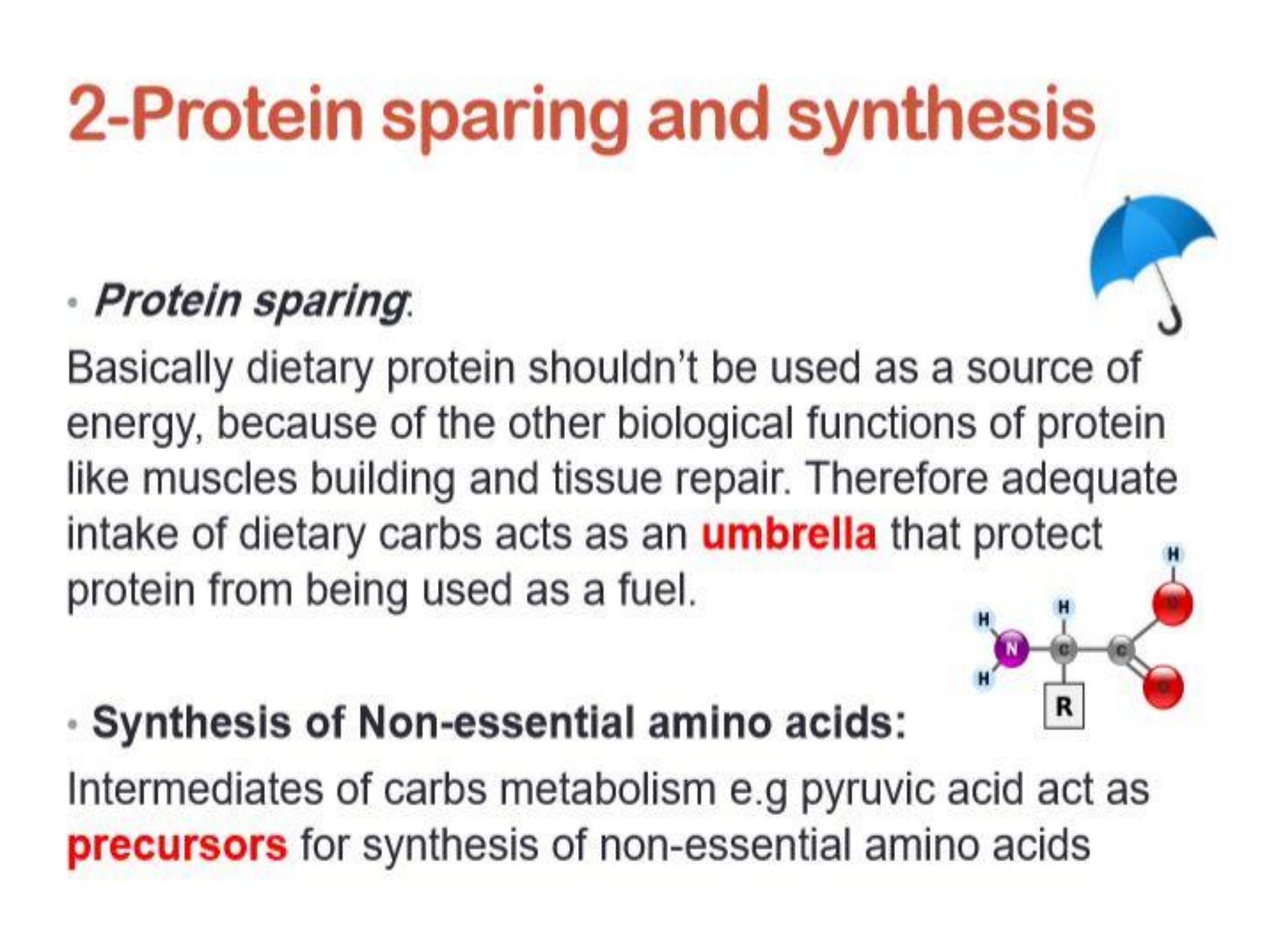
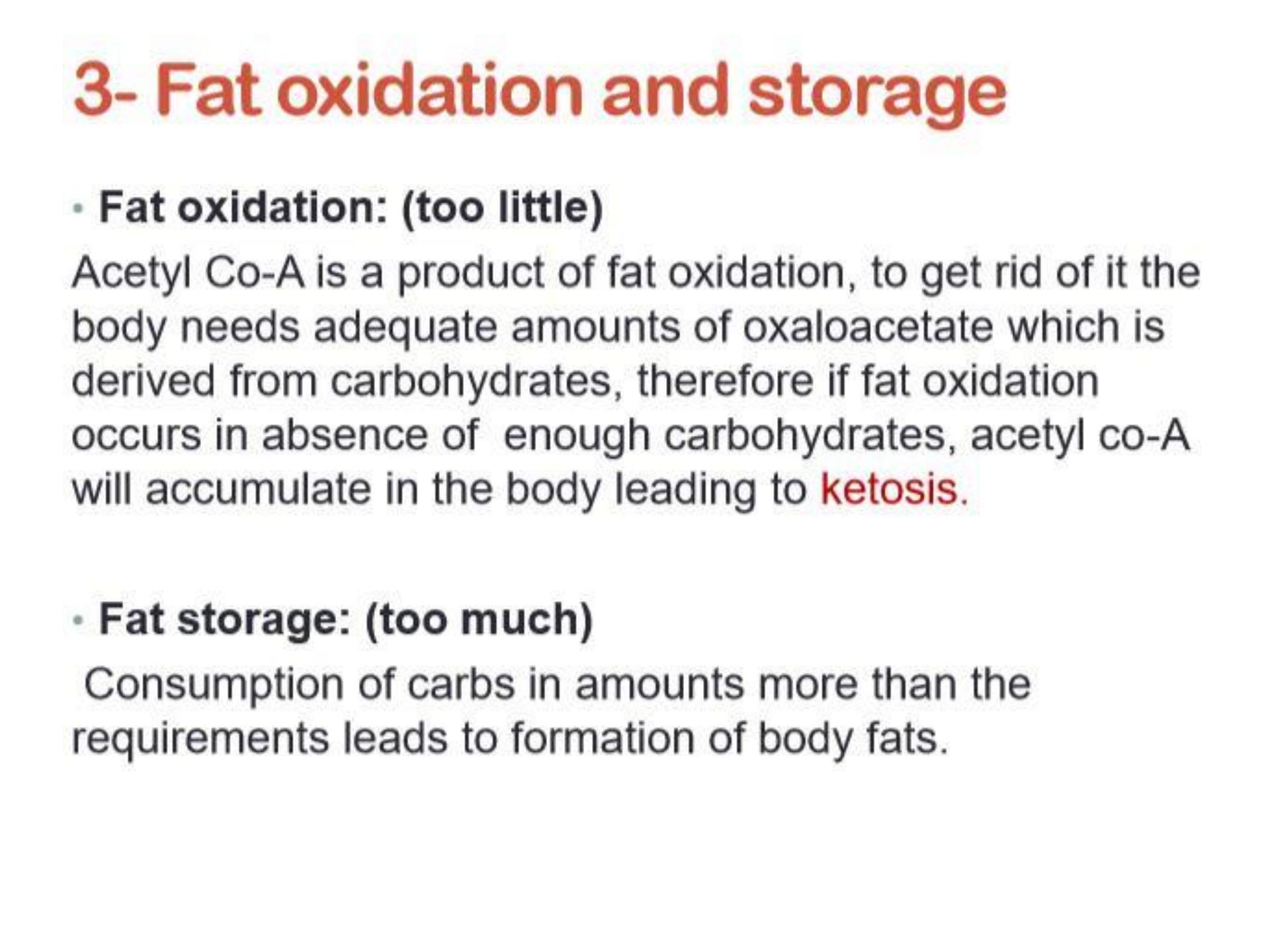
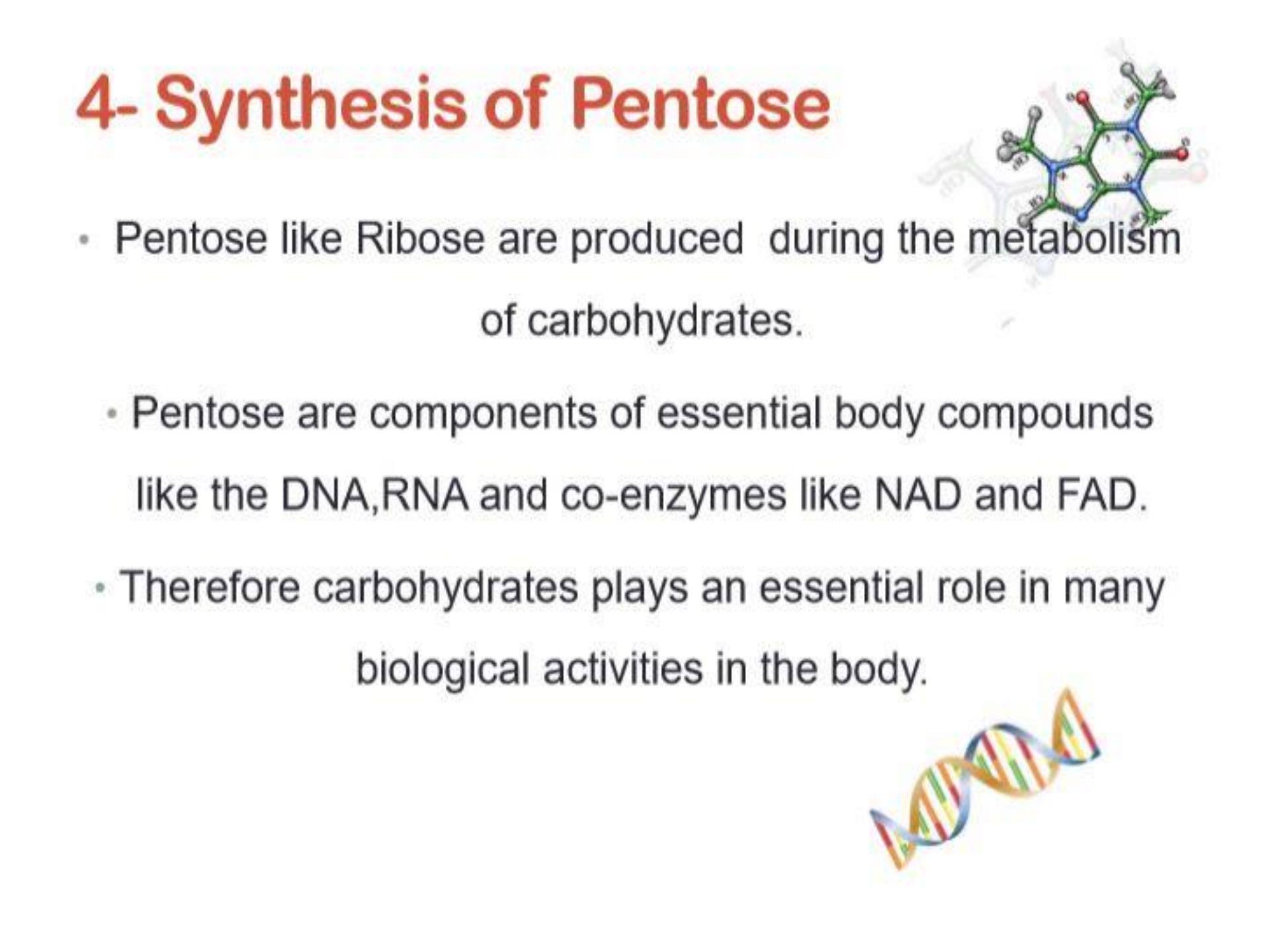
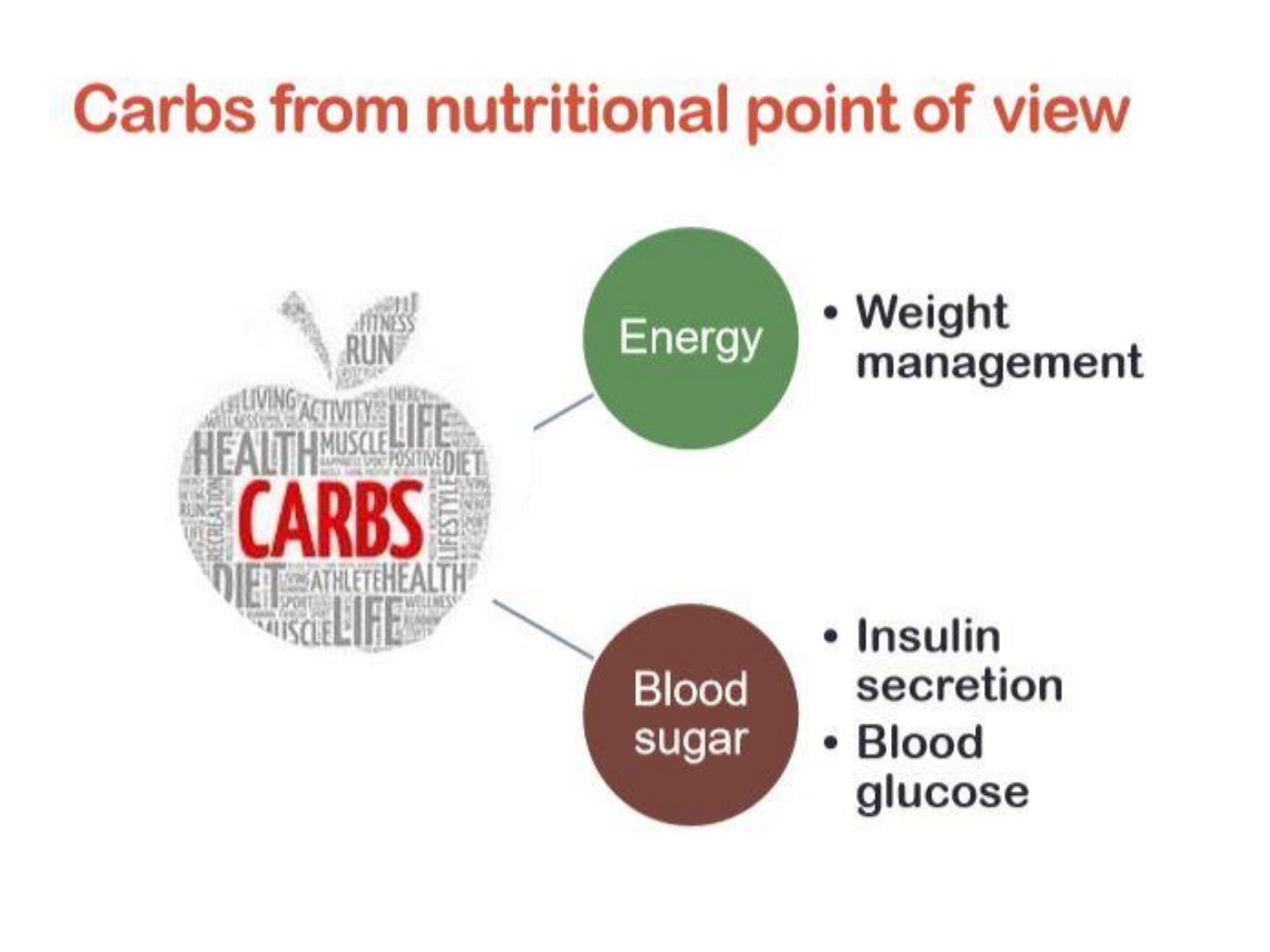
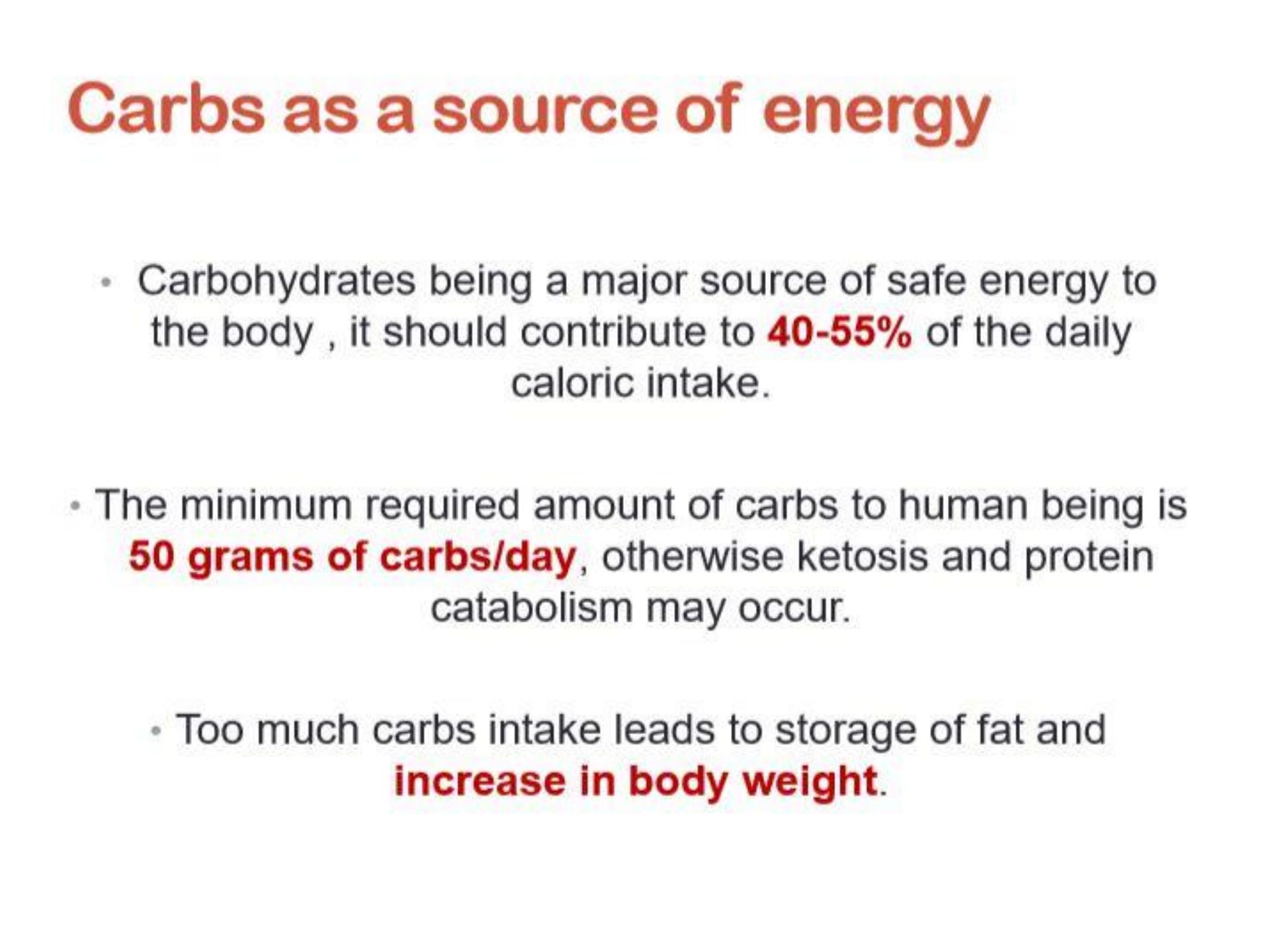
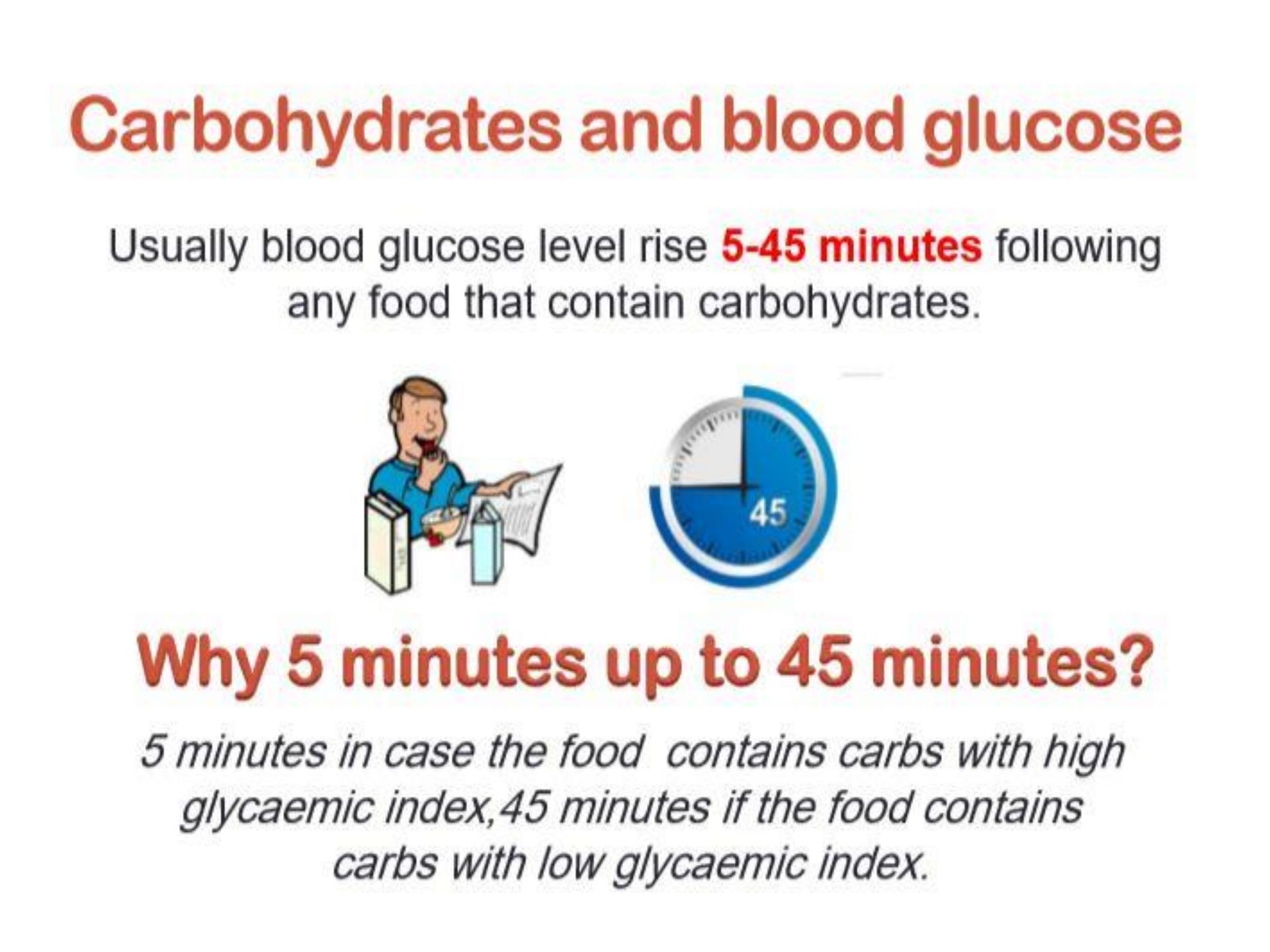
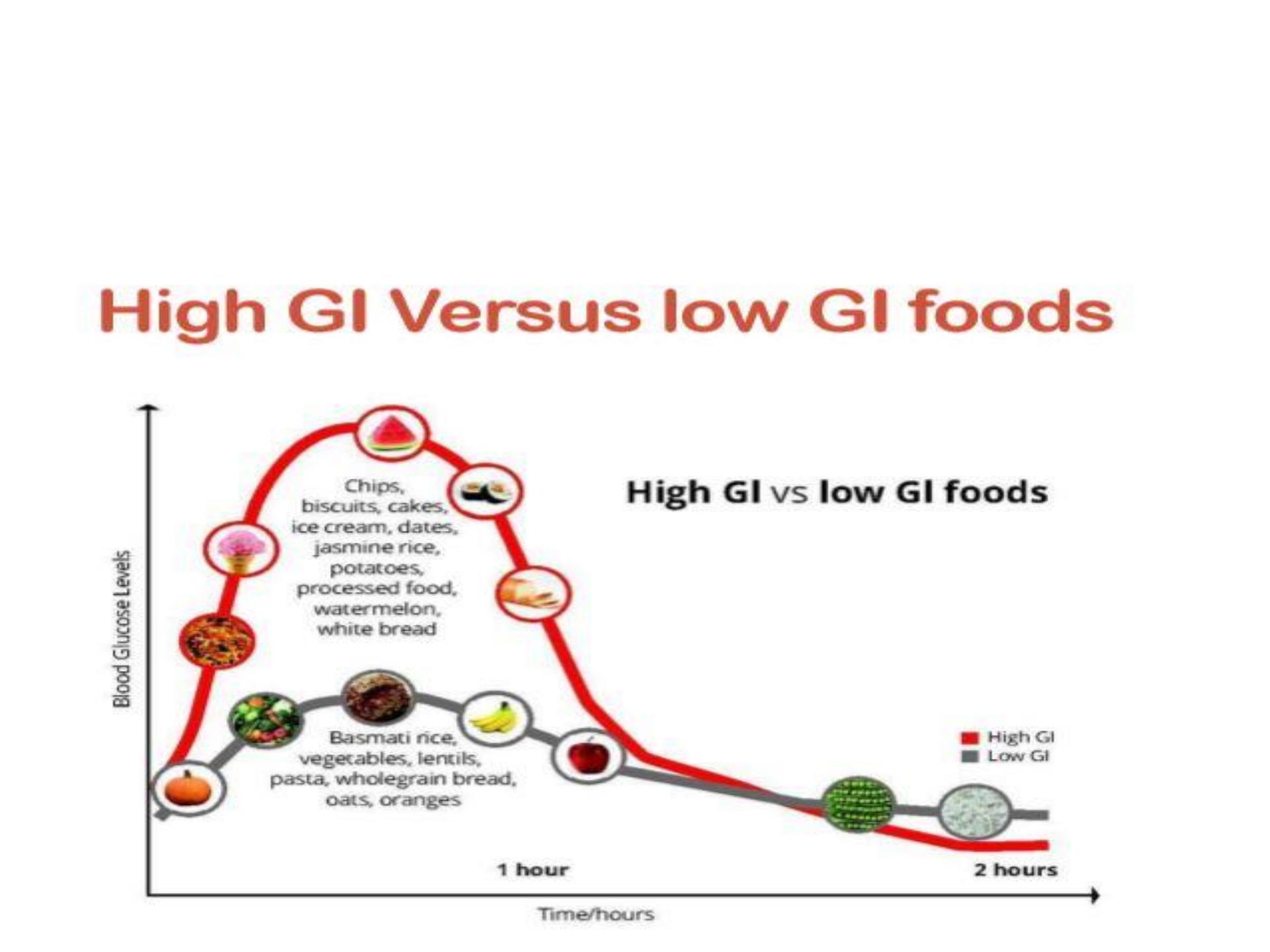
What is Glyceaemic index??
• It is the variation in increase and fall in blood glucose level,
following ingestion of carbohydrate containing food, this variation is
known as The Glyceaemic index of food containing carbohydrates
